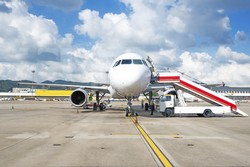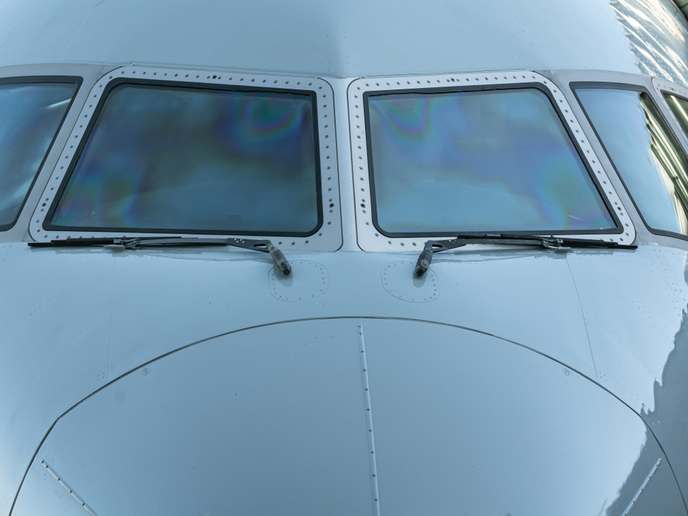Advanced blast-resistant technology to boost flight security
Security scans for 100 % detection and current blast containment solutions come with drawbacks such as time, weight and cost. Moreover, machine and human error or wilful action (as in the case of unfaithful security personnel) cannot be excluded. Another layer of protection needs to be added to keep aeroplanes, crew and passengers out of harm's way from explosive devices smuggled into cabins and from bombs hidden in pallets or containers. The EU-funded project FLY-BAG2 (Advanced technologies for bomb-proof cargo containers and blast containment units for the retrofitting of passenger airplanes) set out to develop advanced technologies to protect cabins and cargo compartments. It built on the advances of its predecessor, FLY-BAG. Project partners developed two different devices based on flexible and lightweight textile-based materials and energy-absorbing composite elements. They also designed ready-to-use blast-mitigating composite panels for cabin interior retrofitting. The FLY-BAG2 technology for cabin use and cargo holds protects the aircraft by using a bag – a system so thin that it can be folded inside an overhead locker. If a suspicious device is discovered in the cabin, it can be put inside the solution and placed in a designated part of the aircraft where an explosion would cause minimal damage. For the cargo compartment of wide-body aircraft, the FLY-BAG2 system is fitted inside the standard aluminium containers used for loading luggage. Aluminium containers are not usually employed in narrow-body aircraft. Here, the bag is installed inside the cargo hold, acting as an internal screen to protect the fuselage against a blast. The FLY-BAG2 team tested the innovations on retired commercial aircraft. The bombproof lining successfully contained blasts in a series of controlled explosions in the luggage hold of a commercial jet and a passenger twin-engine jet. FLY-BAG2's pioneering bombproof cabin and cargo devices will mitigate the effects of an on-board explosion, helping to keep passengers and crew safe.







